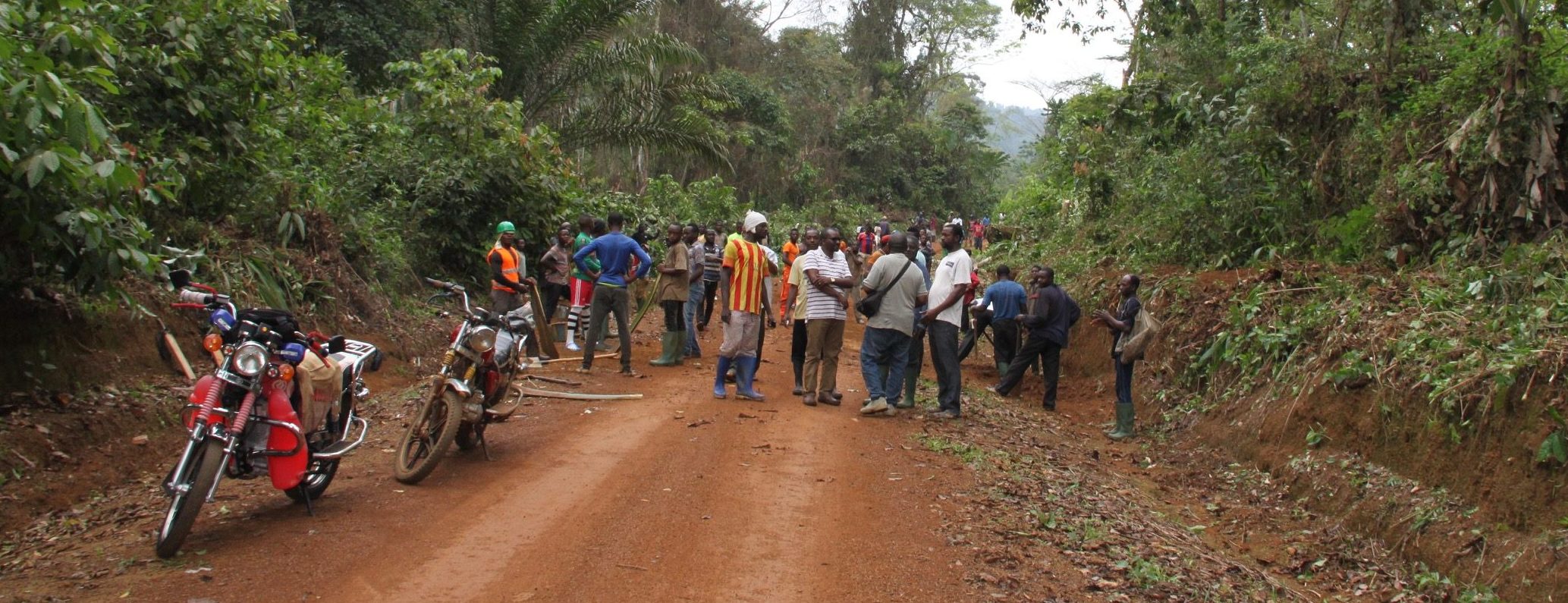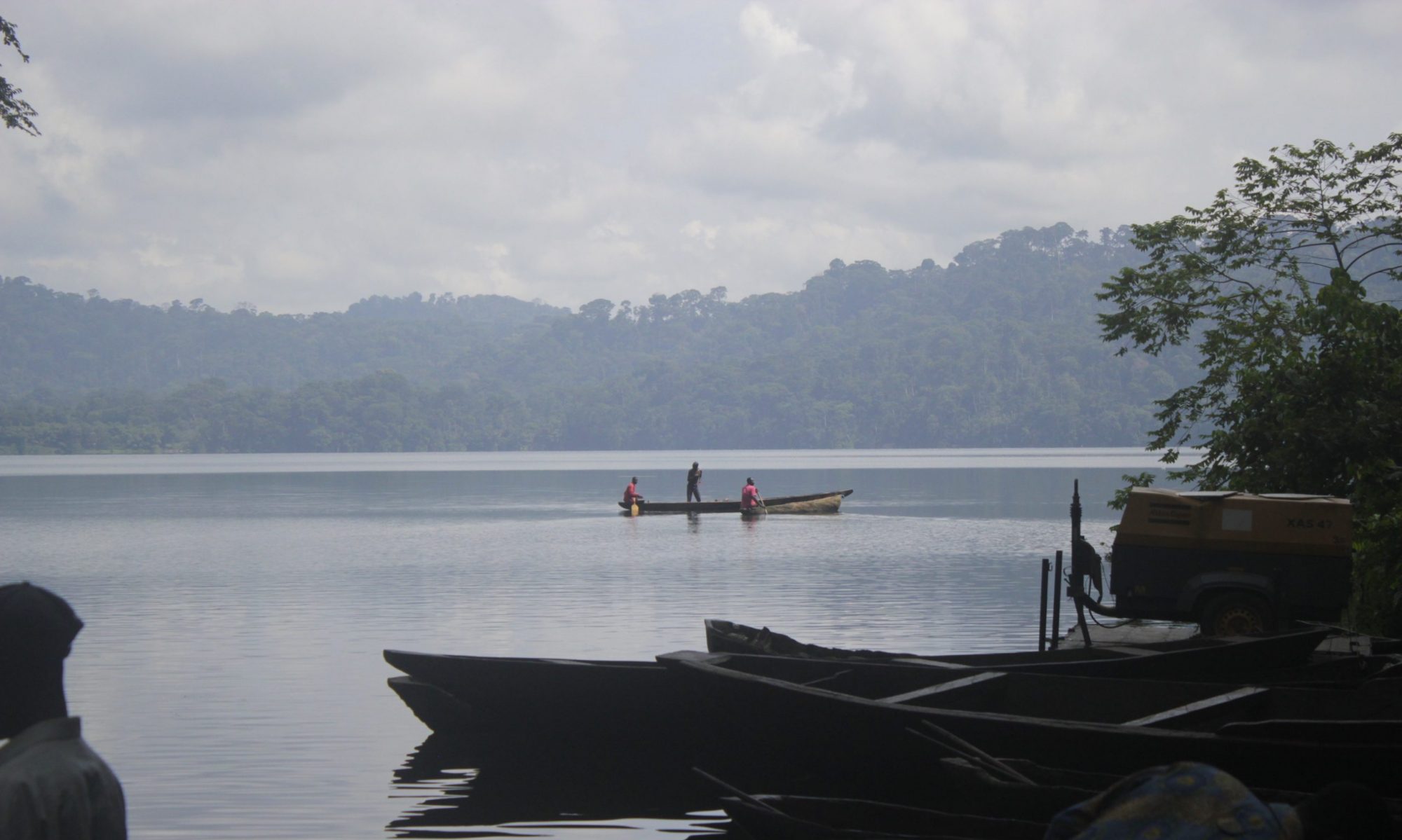Your project initiative might fail for all kinds of reasons that you are not even aware of. You never know for sure if communities really understand you and your approach if you understand them and their local internal politics. The good news is: being aware of you not knowing, does help. Read this post, to find out more about understanding community dynamics better.

Only members of the community know
Even though we are locally rooted, we will never be able to fully understand the impact of community dynamics on project implementation. In the communities we work in the attitudes and interest of community members are usually concealed from us. A simple misunderstanding can ignite a dormant conflict into a fierce community disagreement. As a non-member you will never fully grasp all community flaws, struggles and internal politics. This is a major risk of project failure, if not prevented or carefully handled becomes a major risk for project failure.
Oops, we did not see that coming
In one of our projects a community leader attributed his land to the project. However, his family did not agree and demanded some kind of compensation; a cash payment. This community leader was also a family head, but that notwithstanding, it delayed the project activities hugely as the family blocked project implementation for quite some time.
Another example: a community made a deal with another community for using their water source. However, some part of the community did not see any revenues coming from the deal so they decided to vandalize the water intake structure.
In one of our projects after a chief died, there was a huge internal power conflict affecting all activities in that community. The younger generation demanded more power, the older generation did not want to let go. This created a vacuum in the village power structure that led to a long period of development inertia and a dead project. In another similar situation the village council chairman overrides the absentee chief’s authority. Majority villagers were not in agreement with this behavior but remained under his rule for years until the youths rose and ousted him. During that period no project activity took place.
How to understand each other better
We try to limit the risk of project failure as much as possible. First, our team members always encompass local people as much as possible that speak the local dialect. Our project team invests quite much in building up trust and getting to know the community as much as possible. They get in touch with many community members from all backgrounds and quarters. To hear what is going on from as many perspectives as possible. They also invest in what we started to call “a community communication ladder”, which basically means that information only takes little steps. Information trickles up and down from the local community to the committee, to the community leaders to the project team to us, and vice versa. We also work with clear checks and balances so roles and responsibilities are as clear as possible.
It is with this foundation that we build good partnership that we can trust each other in the implementation of the project. We consider this as one of the first step of ensuring project success.
Please feel free to share your experiences below in a comment.

